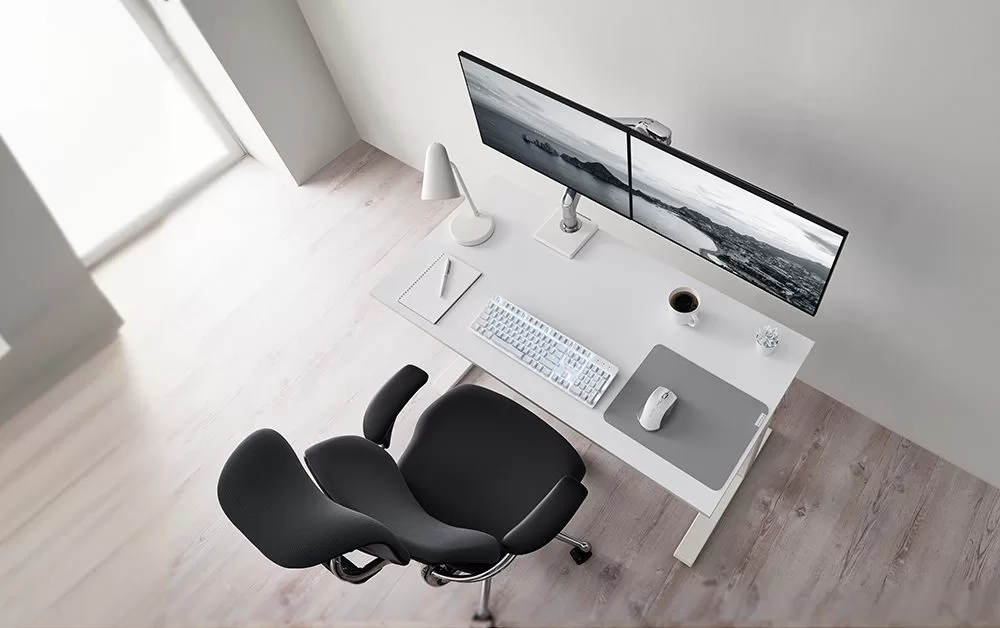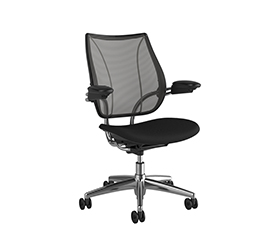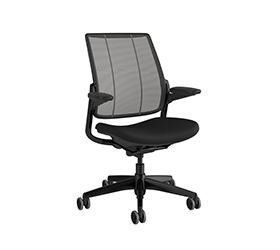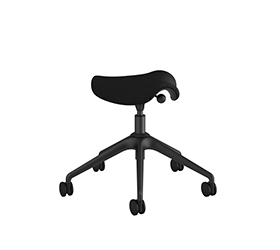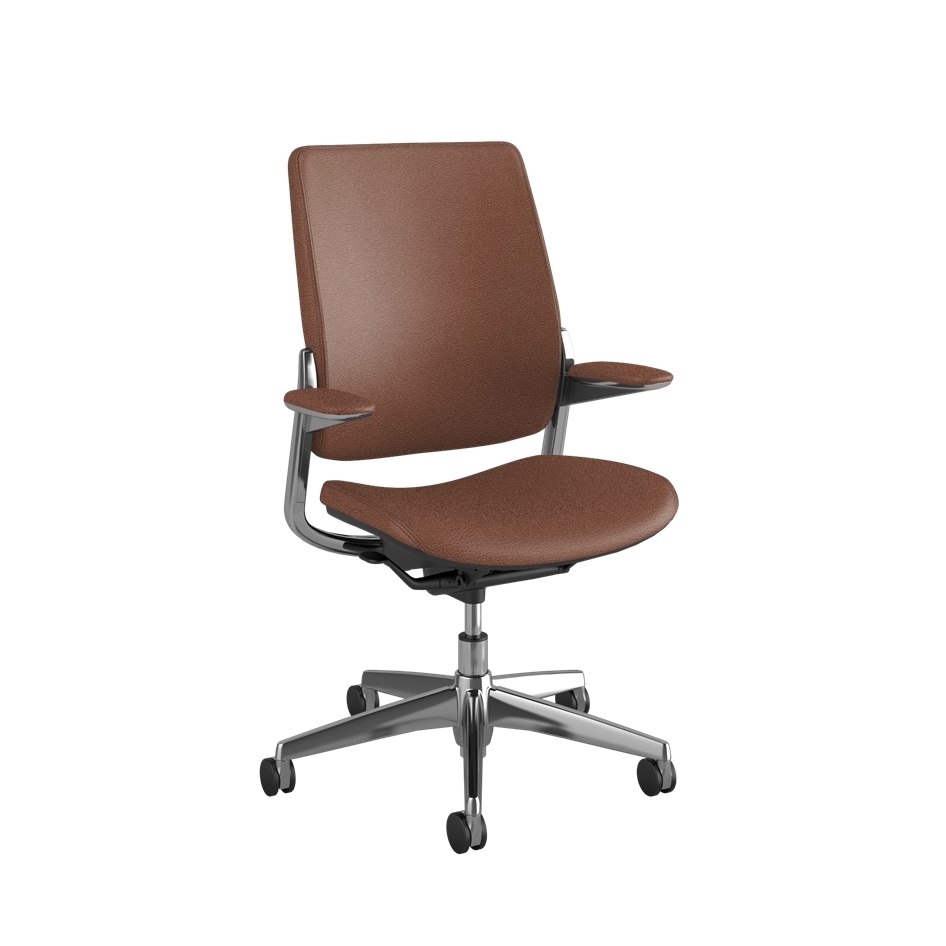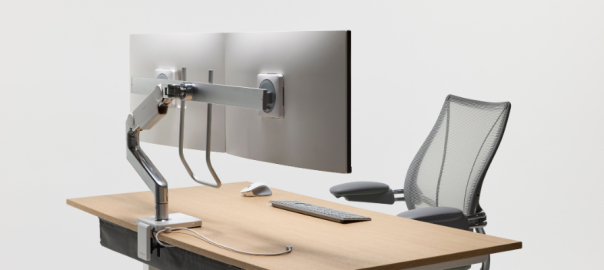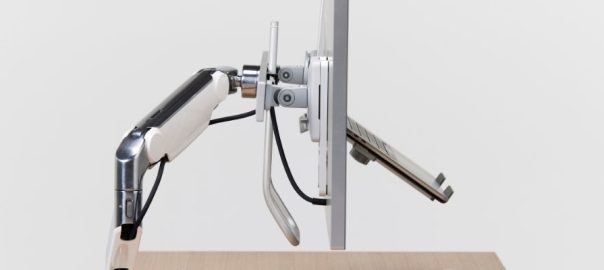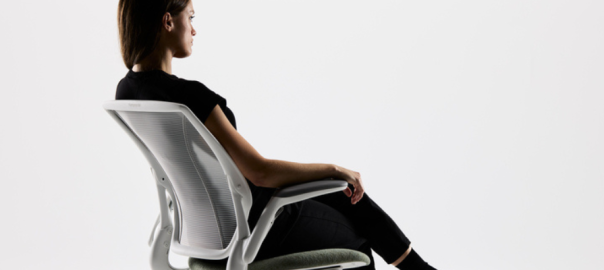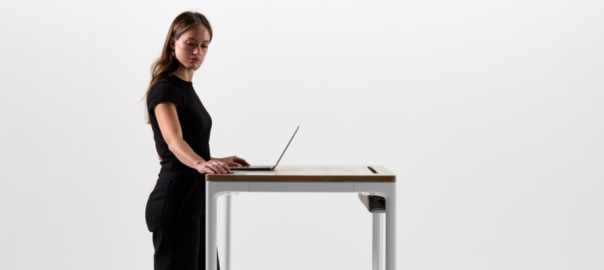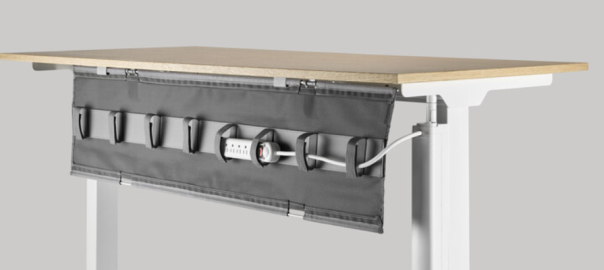“Price is what you pay, and value is what you get.”
These famous words by billionaire and philanthropist Warren Buffet justify almost all of his investment decisions. So, how can you use this philosophy in your decision-making? Let us find out.
Ergonomic designs are a fairly new concept in the workspace. Although we see a gradual rise in its adoption, there is still a long way for everyone to accept it. Its functionality makes it a promising choice for organizations looking to scale their economies, but the high prices involved completely derail this thought.
At first glance, the perceived notion that ergonomics products are expensive might deter some decision-makers from considering their integration into the workplace. However, it’s crucial to delve deeper into the reasons behind their pricing to understand the true value they bring. Let’s explore whether this assumption holds true or if it’s a misconception that needs to be clarified.
Is the High Cost of Ergonomic Products Justified?
Curious about investing in ergonomic furniture? Let’s uncover the reasons behind their costs. Discover how prioritising comfort can lead to a more productive and fulfilling work experience.”
1. High Quality and Warranted Durability
One of the primary reasons why ergonomic products tend to be expensive is the focus on high quality and warranted durability. Unlike regular products, ergonomic solutions are designed to withstand constant use and repetitive motions over extended periods
To design ergonomic products, mostly the highest quality materials are used. Each raw material is carefully sourced, and the final product is rigorously tested to ensure that it is safe, durable, and serves the purpose it was intended for. Since these materials are top-notch, you can also lie back and relax with the thought that, in the long run, you need to make fewer replacements. Also, Manufacturers invest time in designing their ergonomic products, ensuring that these products retain their functionality and integrity for years to come.
2. In-depth Research and Development
Ergonomic designs are backed by science. Each product that is curated according to the biomechanical aspects of the human body. Researching and incorporating these features substantially raises the overall R&D costs. Additionally, multiple rounds of prototyping, testing, refinements, additions, and certifications contribute to the cumulative expenses.
Experts work around the clock to find ways to improve these products and how they can benefit users. A lot of effort and manpower are involved in creating a single functional ergonomic chair that is simplistic and sustainable.
3. Certifications: Products, Sustainability, and Manufacturing Standards
Obtaining certifications for ergonomic products, sustainability, and manufacturing excellence is crucial in today’s competitive market, requiring significant effort and investment.
An ergonomic product certificate not only ensures the design prioritises user well-being but also signifies compliance with industry standards. Sustainability certifications emphasize a commitment to environmentally responsible practices, meeting the growing demand for eco-friendly products. Simultaneously, achieving a manufacturing certificate demonstrates a dedication to quality and adherence to the most rigorous standards.
Such certifications not only strengthen a company’s credibility but also contribute to customer trust, enabling businesses to differentiate themselves in a conscientious market and affirm their commitment to delivering high-quality, sustainable, and ergonomically sound products.
4. Automation, Customisation, and Adaptability
The science of ergonomics primarily focuses on providing personalised comfort. Automation plays a critical role in the production of ergonomic products. While automated manufacturing processes increase efficiency, they also require substantial initial investment. Additionally, the ability to customise ergonomic products to fit individual requirements and adapt to various work environments adds to their cost. From adjustable chair settings to adaptable desk configurations, ergonomic solutions offer personalised comfort to users, but this customisation comes at a price.
5. Proper Health and Safety Compliance
Ergonomic products primarily focus on promoting health and safety in the workplace. The ease of use and functionality are the core benefits of ergonomics. Together, these features ensure that your ergonomics standard is maintained at all times. Be it any product, if it does not support your well-being, it is not a worthy investment. Ergonomic products follow complete health and safety compliance regulations and are approved by industry experts. All these processes also contribute to the high pricing.
6. Streamlined Manufacturing Processes
The market for ergonomics is fairly limited, especially in the Indian landscape. Not many people are aware of these products, and not many want to produce them either. This is due to shortages in demand as well as a lack of skilled workers to carry out these tasks. The existing production units are very limited and work on a small scale, which makes it very difficult for them to break even. To cover the costs, these companies price their items higher. Along with this, huge taxes are involved concerning the import of certain raw materials.
7. Building Brand Reputation
Since ergonomics in the workplace is a relatively new concept, the organisations involved have to maintain positive relations with their enterprise clients. Hence, they constantly invest a substantial amount in their marketing and brand retention activities to build a strong reputation in the market. Various activities fall under the brand-building exercises, such as educating clients, customers and promoting upcoming ergonomic products. Incorporating sustainable practices, such as creating products out of ocean waste, leads to a high financial investment but also adds to the brand’s authenticity.
8. Creating Customer Support
The basic concept of ergonomics focuses on enhancing the user experience and making them more functional. From creating awareness to constantly supporting their customers, ergonomic companies invest a lot of resources to build a positive customer base. Upholding standards, proactively assisting with services, and providing after-sales support are some of the functions carried out by ergonomic companies that require time, effort, and manpower.
9. Understanding Market Demand and Supply Chain Factors
Lack of information and knowledge about ergonomic products is a major contributor to the high costs of the same. Wondering why? Read on.
The market forces, primarily demand and supply, play a massive role in determining the cost of any product. Initially, when demand for a product increases, so does its cost. To match that, suppliers enter the field and meet the customers’ demands. This way, more and more suppliers provide the product, reducing the overall cost due to fellow competition. So, gradually, what you see is that at some point, the price of those products will be in moderation, such that it benefits both buyers and sellers.
Currently, a majority of people are not aware about ergonomic concepts and their long-term benefits. This lack of awareness has resulted in reduced demand for ergonomic products, contributing to their consistently high prices over the years.
Setting Up Ergonomics in the Workplace
At the initial stage, these ergonomic products might look like a huge sum of money. After all, why would you spend thousands of rupees on a single chair? Right? But, once you notice closely, you will see the worth you’re getting and what positive impacts it will have on your life. From improving your health to enhancing your productivity, the right ergonomic product will revolutionise the way you work.
Initial Investment
The initial cost of integrating ergonomic tools into the workplace may give decision-makers pause, especially when compared to more traditional solutions. Ergonomic furniture are more than just a place to sit or work; it is about establishing an atmosphere that promotes well-being and productivity. Employees spend a substantial portion of their day at work, and investing in their comfort and health immediately translates to increased job satisfaction and performance. The long-term benefit of employee engagement and retention justifies the initial financial investment.
Holistic Well-being
Traditional office furniture frequently falls short of meeting individuals’ different demands, resulting in discomfort, weariness, and, in the long term, potential health risks. Ergonomic designs, on the other hand, prioritise natural human body alignment, offering support where it is most needed.
Ergonomic solutions actively contribute to employees’ physical health, from seating solutions that cater to various body types to sit-stand workstations that promote dynamic movement throughout the day. Employees benefit from reduced musculoskeletal concerns, enhanced blood circulation, and improved body posture, to name a few tangible benefits. This produces a positive feedback loop in which greater physical well-being correlates with increased productivity and a more vibrant work environment.
Long-Term Perspective
Ergonomic solutions provide long-term benefits, making them important in modern workplaces. Expensive materials’ durability guarantees that these tools stand the test of time, avoiding the need for frequent replacements that are prevalent with lower-quality alternatives. We offer a 15-year warranty on our ergonomic products, demonstrating a dedication to long-term value.
Furthermore, when organisations evolve and adapt to new needs, ergonomic furniture demonstrates its flexibility and adaptability. Modular designs and configurable features enable quick alterations to accommodate changes in workspace dynamics or the introduction of new technologies. This versatility guarantees that the initial investment remains aligned with the organisation’s developing requirements, making ergonomic solutions a viable and future-proof decision.
Conclusion
The perceived high cost of ergonomic equipment is not an arbitrary amount, but rather a reflection of the numerous benefits they provide in the workplace. As the importance of employee well-being and productivity becomes more widely recognised, investing in ergonomic solutions is poised to become a cornerstone of modern, efficient workspaces. Organisations that prioritise their workforce’s health and comfort through ergonomic design not only improve their entire work culture but also position themselves for long-term success in the shifting terrain of the modern workplace.

